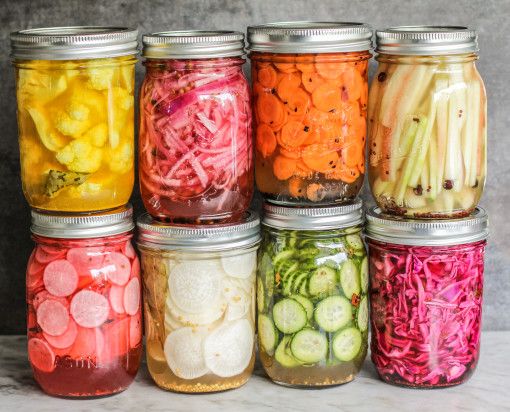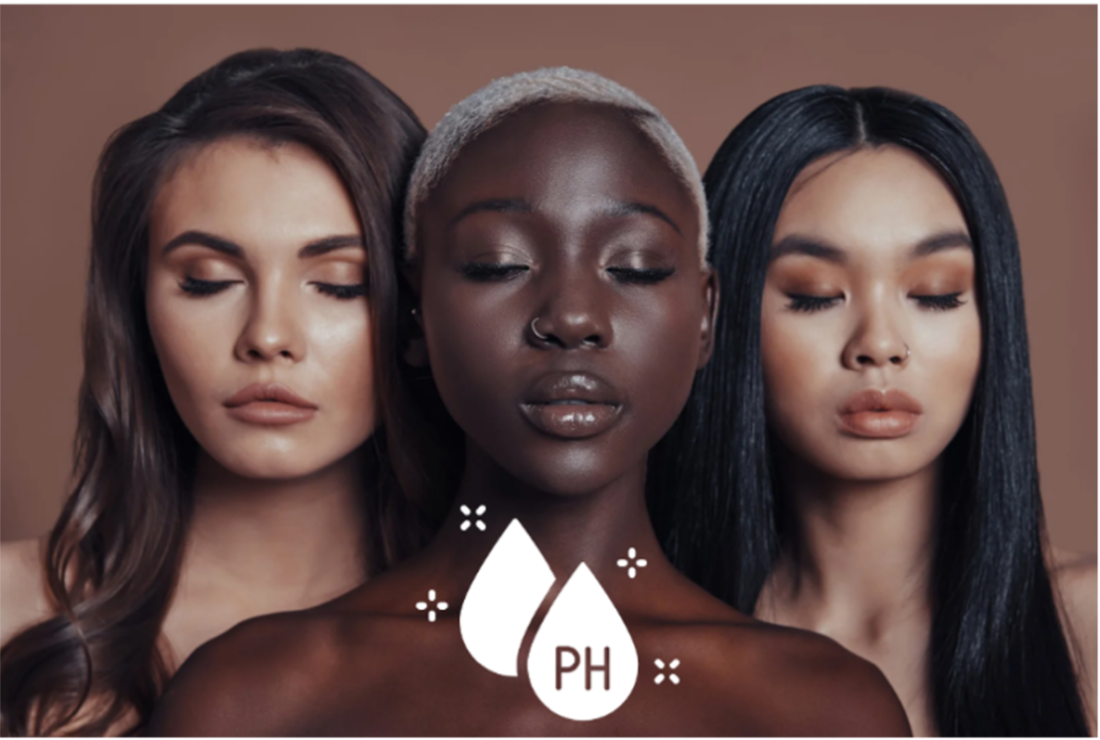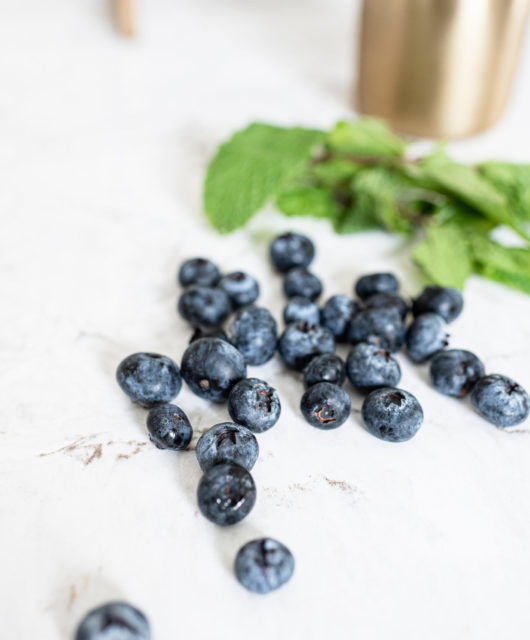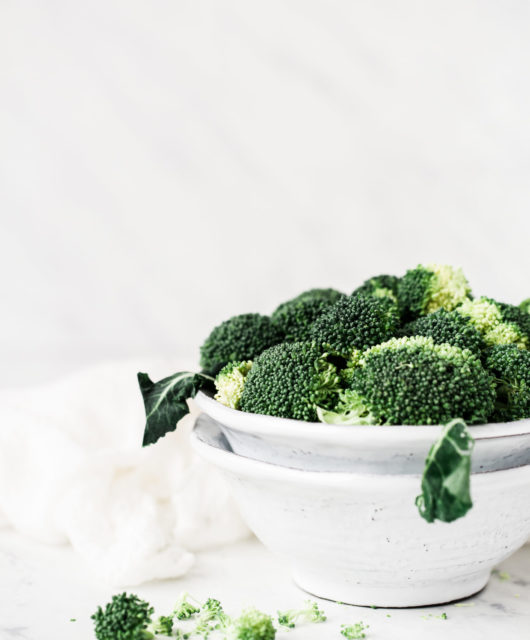We all want glowing and radiant skin – what if we told you it begins within? When the balance of bacteria and integrity of the gut is compromised, it can have a huge impact on our skin – and not in a good way. More recently, there has been an increase of research related to this gut-skin connection. Let’s discuss skin health and its relationship to bacteria, our microbiome, and the gut.
What is the microbiome?
The microbiome is a collection of microbes that populate in an environment to develop a mini eco-system. These “bacterial neighbourhoods” exist in unique blends that compliment each other to optimally function. These areas inhabit most parts of our body, especially our intestines.
What is the gut-skin axis?
The gut-skin axis refers to the connection between our skin, the gut, and the complex relationship they share. The gut-skin axis is not a new concept; however, research and evidence-based literature have evolved with our modern science movement. Evidence shows that what we eat can impact gut and skin health, and that gut health can be reflected within our skin. The microbiome bacteria balance can also have an impact on our endocrine system, immune system, and metabolism. Compromising any of these systems can cause a gut-skin axis response leading to many skin conditions seen today.
Does everyone have the same bacteria?
NO!
Our microbiome is unique. It can be very different in our teenage years compared to later life. Also, certain bacteria will flourish or lay low in different areas of the body – for example, places that are oily or hold moisture.
Did you know…
It was once thought that the microbiome of the skin was only on the skin’s surface. However, scientists have recently discovered that the microbiome extends to the skin’s dermis and subcutaneous adipose layers...
The Science stuff:
There are well over 1000 different bacterial species that live on our skin. Each square centimetre contains over a million different commensal types (Commensal bacteria refer to our “good bacteria”) When the skin microbiome is healthy, it functions in a similar way to a healthy gut microbiome. This includes stabilising the perfect balance of pathogenic and commensal bacteria.
Pathogenic bacteria play a vital role in maintaining microbiome equilibrium, yet overgrowth can lead to skin conditions and illness. Commensal bacteria can help to inhibit the growth of pathogens, decrease inflammation, and stimulate the production of anti-microbial peptides. It can also protect the skin from other bacteria, fungi, and viruses, enhance skin hydration and keep the skin performing at its best. Both are responsible for fighting off foreign invaders from the outside world; looks to me like the skin and gut share a lot in common!
What happens if these bacteria are out of balance?
When life gets a little out of balance so can our microbiome and unfortunately, it doesn’t take much. Consuming processed foods that are high in sugars, and saturated fats are one way to throw out our gut bacteria as it can cause an increase in intestinal permeability and inflammation. Increased intestinal permeability can lead to harmful metabolites entering our bloodstream. This allows foreign pathogens to find a home in areas of the body they do not belong – like the skin. Unfortunately, this bacterial compromise and gut inflammation can lead to further health complications.
What can I do to help?
There is more research needed to truly understand the intricate gut-skin axis relationship and mechanisms. However, we have highlighted 4 key points to help optimise our gut bacteria and maintain healthy clear vibrant skin.
- Inflammatory foods – Steer clear of these bad boys. They send an allergic response to the skin, causing disturbances in the skin cells
- Refined sugars – Avoid foods that are high in refined sugar as they feed the pathogenic bacteria leading to overgrowth and imbalance
- Good quality fats – These help reduce inflammation
- Prebiotics – Never underestimate prebiotics and probiotics. They can stimulate the growth of beneficial bacteria in the gut.
HOT TIP:
Try fermented foods which help support the integrity of the gut.
Looking after your skin
It is no surprise that the use of certain medications can wreak havoc on our gut microbiome – what if we told you the same applies for your skin. Excess use of sanitisers, soaps, and some cosmetics may cause a skin bacteria imbalance impacting your overall skin health. With our growing cleanliness obsession and the use of many products, our skin can start to lean towards an alkaline state, the perfect conditions for nasty bacteria to flourish. Whereas a healthy skin microbiome is known to thrive in a more acidic environment. Therefore, what we consume and what we use on our skin are important.
For educational purposes only. Not intended to diagnose, treat, cure or prevent any disease. Modere cannot answer any questions regarding any diseases or specific medical conditions. Please contact your medical provider if you have questions regarding a medical condition. Our answers to your questions or any other information presented are for discussion and educational purposes only and should not be misunderstood as medical advice.















